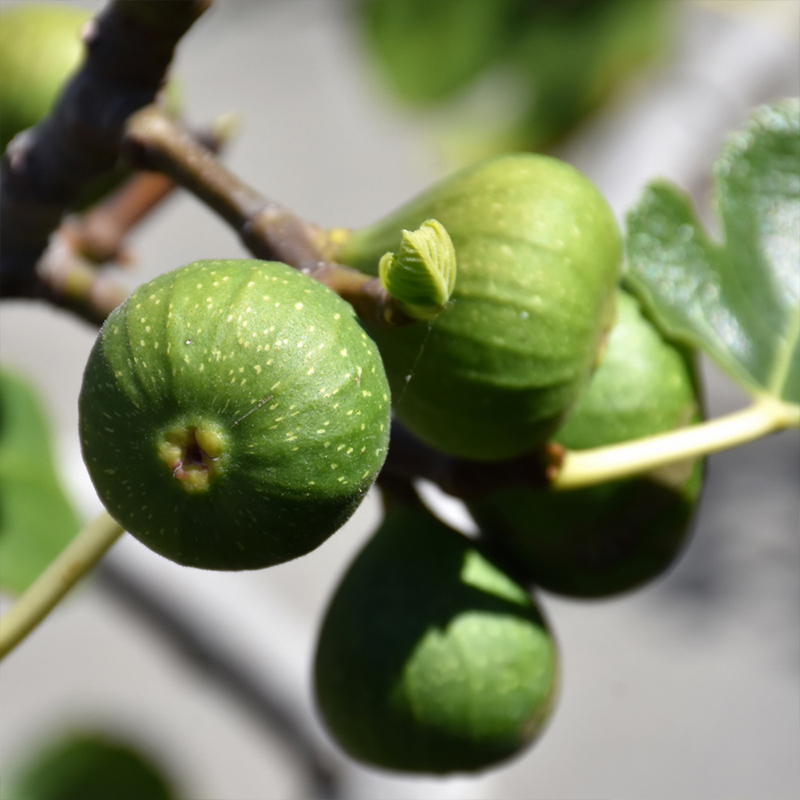You're shopping: DAVIDSONVILLE
(change store)
Fruit Trees and Fruit Shrubs - FIG 'CHICAGO HARDY' 3G

FIG 'CHICAGO HARDY' 3G
no reviews for this product. Login to place a review.
Your Price $25.00
Item Number 281011
In store quantity:
0
$25.00/ EA
Fig 'Chicago Hardy'
3-Gallon
Height: 10-15 feet tall.
Spread: 8-12 feet.
Sunlight: Full sun.
Hardiness Zone: 6a.
Other Names: Ficus carica 'Chicago Hardy'
Description:
A cold-hardy fig variety prized for its ability to withstand colder temperatures while still producing an abundant harvest. 'Chicago Hardy' produces medium-sized figs with deep purple-brown skin and a rich, sweet, strawberry-colored flesh. It is an excellent choice for northern growers and can be grown in containers for added winter protection in colder regions.
Edible Qualities:
Fig 'Chicago Hardy' is known for its exceptionally sweet and rich flavor. It produces two crops per year in warm climates--one in early summer and another in late summer to early fall.
The fruit is most often used in the following ways:
- Fresh Eating
- Drying
- Baking
- Jams & Preserves
- Salads
Features & Attributes:
Fig 'Chicago Hardy' features deeply lobed, dark green foliage that adds a lush, tropical appearance to any landscape. It produces an abundance of medium-sized figs that ripen to a deep purple-brown hue with soft, red interiors. The tree's naturally spreading, bushy habit makes it a great choice for small gardens and container planting.
This is a deciduous tree with a moderate growth rate. It is self-fertile, meaning it does not require another fig tree for fruit production.
Aside from its primary use as an edible, Fig 'Chicago Hardy' is suitable for the following landscape applications:
- Container Gardening
- Small Space Gardens
- Edible Landscaping
Planting & Growing:
Fig 'Chicago Hardy' will grow to be about 10-15 feet tall at maturity, with a spread of 8-12 feet. It has a low canopy with a typical clearance of 3-4 feet from the ground. It grows at a moderate rate and, under ideal conditions, can be expected to live for 50 years or more.
This tree thrives in full sun and well-drained soil. It is drought-tolerant once established but benefits from regular watering during dry periods. Pruning after fruiting helps maintain its shape and encourages better fruit production. A layer of mulch around the base helps retain soil moisture and regulate temperature. In colder climates, winter protection is recommended for enhanced survival and productivity.
Additional Characteristics:
- Self-Fertile
- Cold Hardy
- Long Fruit-Bearing Season
- High-Yielding
- Excellent for Containers & Northern Climates
